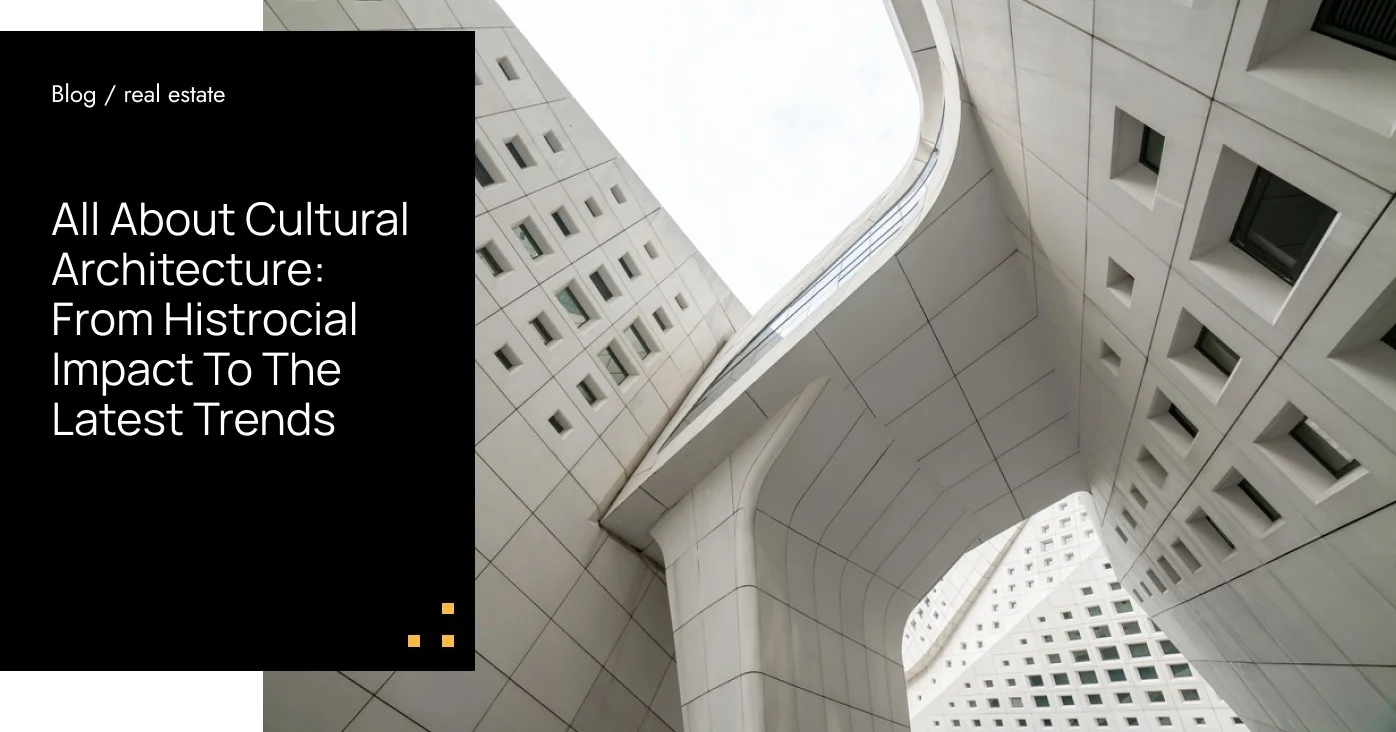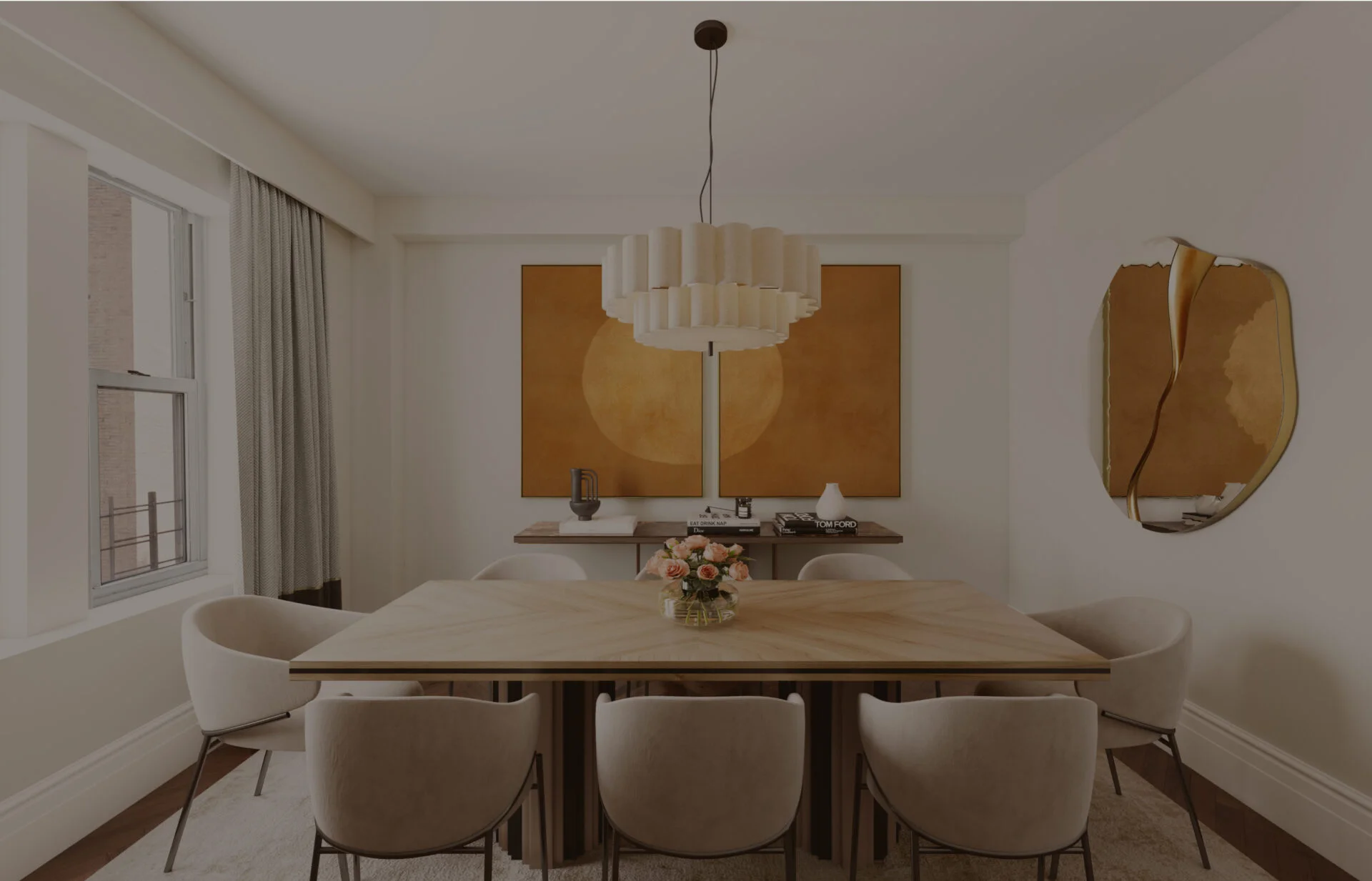Table of contents
Trends in Cultural Architecture
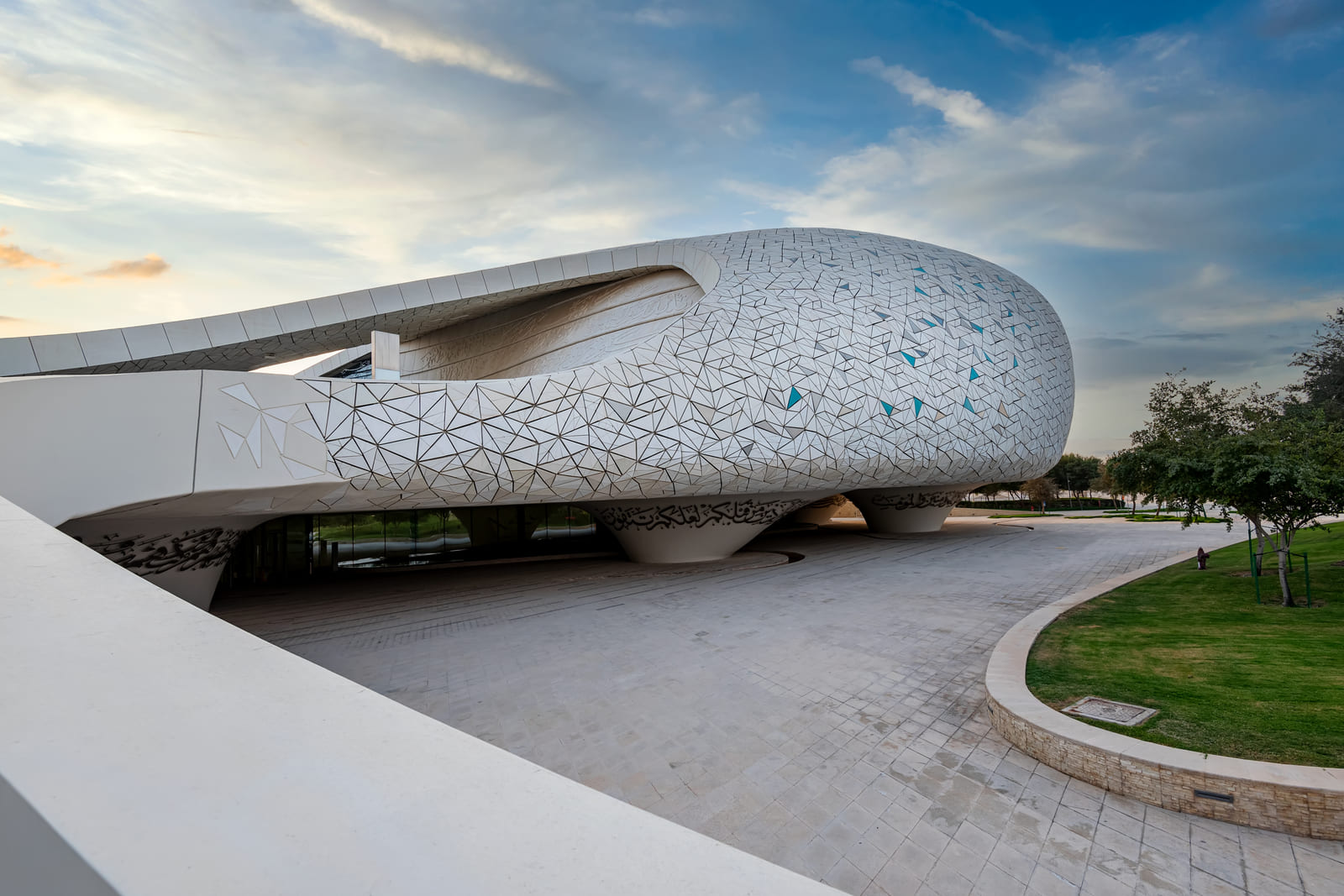
Architecture has always been shaped by culture. Since the primary aim of architecture is to provide a comfortable living environment for people, understanding cultural influences is essential to achieve this goal. If we examine ancient architectural styles, we can see significant differences between Egyptian and Greek cultures. In contemporary architecture, we often witness a fusion of various directions, leading to a blending of styles in many projects. Nevertheless, there are still nations where cultural influences remain strong, particularly in the design of temples, museums, and other public spaces, so they aren’t influenced a lot by the latest trends.
The Historical Background Of Cultural Architecture

Wherever you go all around the world, you’ll encounter stunning examples of cultural architecture. If you could travel back to Ancient Egypt, you’d witness incredible architectural wonders like the pyramids, which still hold many secrets. The Greek temples and theaters were known for their grand columns and impressive scale, adorned with intricate details that tell the story of people’s living during that era.
Don’t forget to remember iconic structures such as the Leaning Tower of Pisa in Italy, breathtaking Taj Mahal in India, and magnificent Notre Dame in France. Each of these landmarks showcases the society and era when they were built, reflecting the materials and styles that were favored and making their cultural significance easy to recognize.
The Latest Peculiarities To Observe In Cultural Architecture
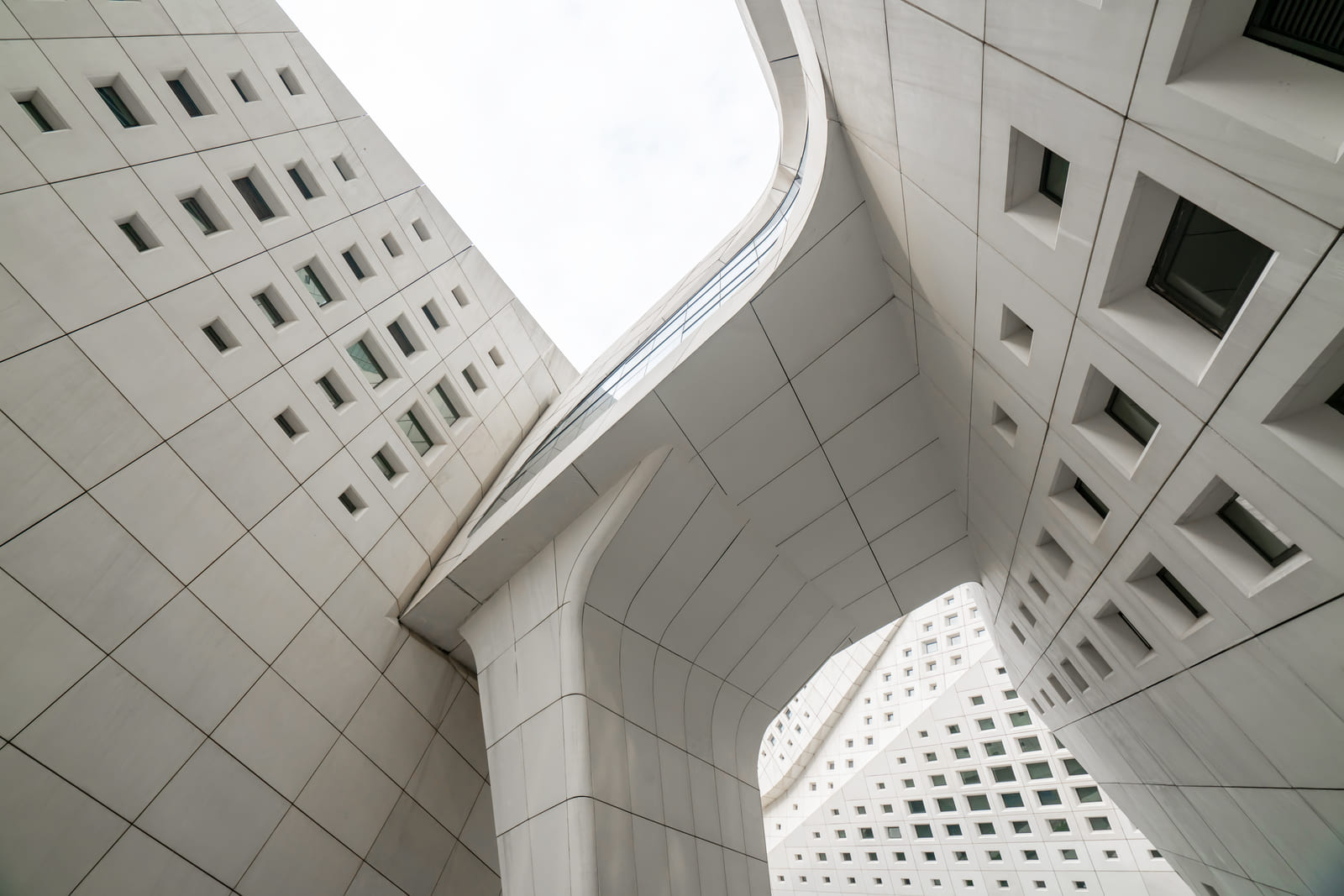
The globalization process has brought about notable transformations in modern architecture worldwide. Unlike the past of this sphere, individual cultures now make less influence on architectural styles. The emergence of new design trends has led to a certain uniformity in architecture, allowing us to witness strikingly similar buildings across various continents. This traditional contemporary style began to take shape in the early 20th century, resulting in fewer distinctions among the architectural styles of different nations.
It’s important to note that you can’t entirely separate culture from the architecture of a specific country. Even contemporary designs often incorporate elements that reflect unique cultural traits, such as:
- Exclusive location (for example, Norway polar nights can be observed through an incomparable glass roof).
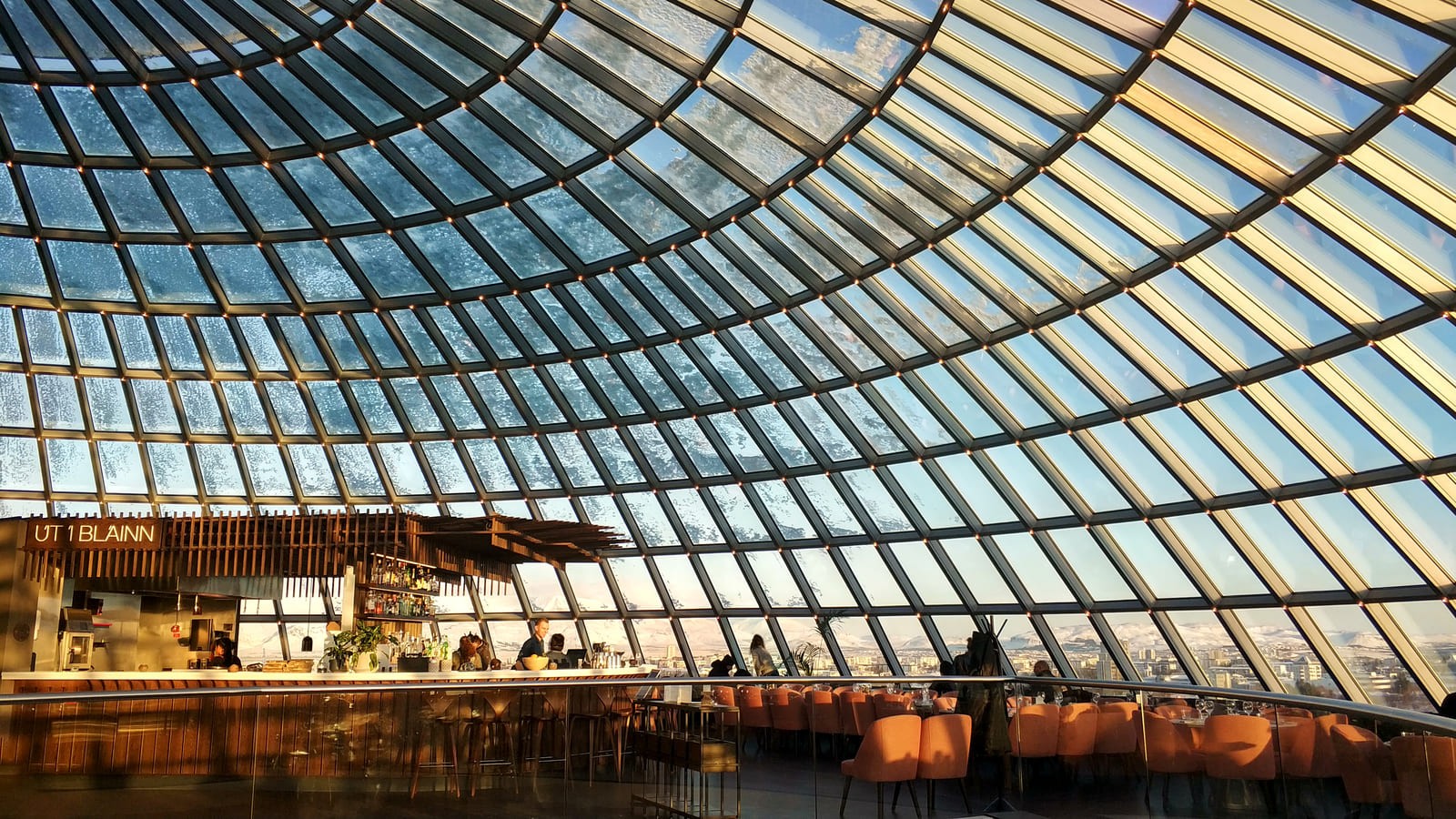
- Historic impact (for example, the world’s tallest tower called the Skytree was developed thanks to the inspiration taken from a similar older building located in Japan).

- Traditional icons (for example, there’s the Chinese Tianzi hotel that has a shape of 3 gods’ bodies and looks more like a monument than a building).

Even with the abundance of similar architectural styles around the world, culture plays a significant role, particularly in certain nations. Contemporary artists are constantly seeking inspiration from history, taking into account the unique features of their surroundings and drawing on specific cultural icons. Therefore, the impact of culture should be considered in different aspects.
Table of contents
Thank you for subscribing!
